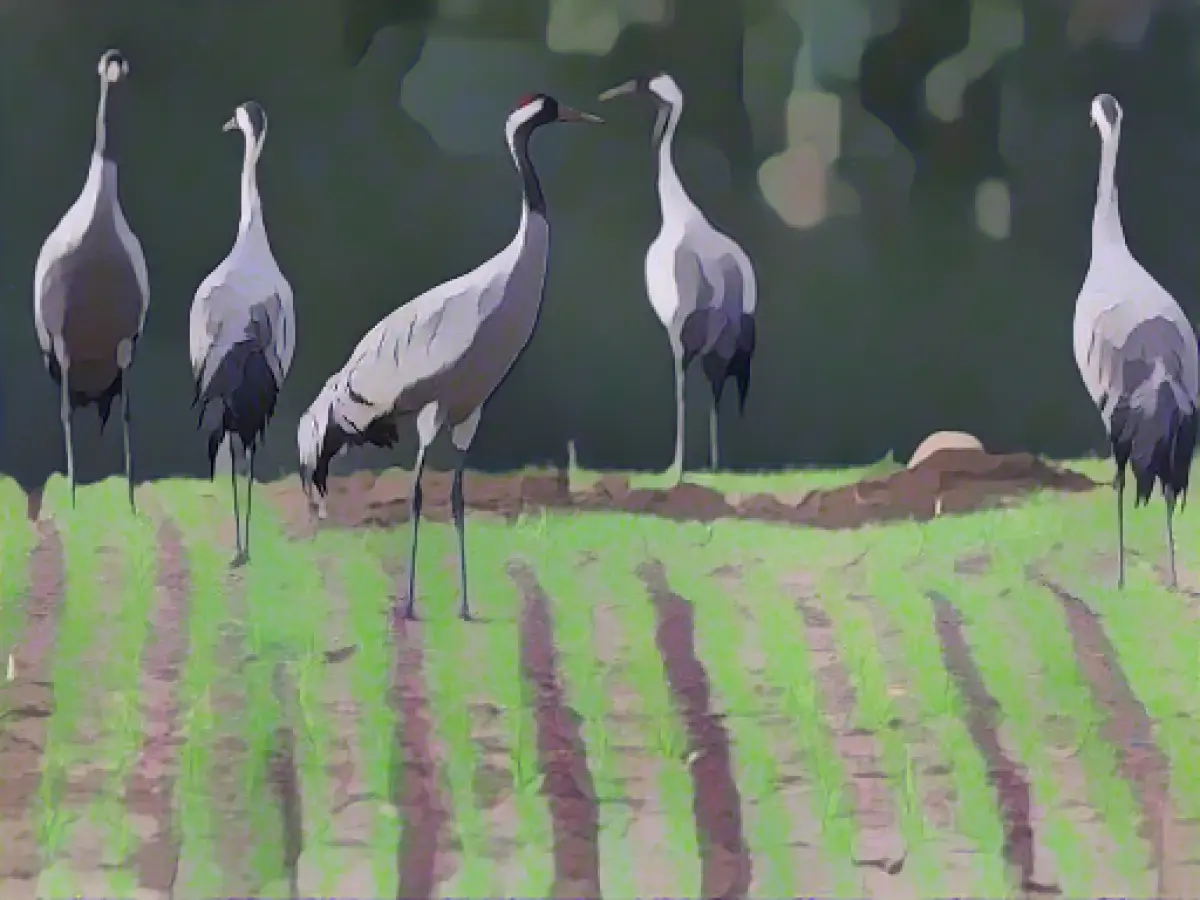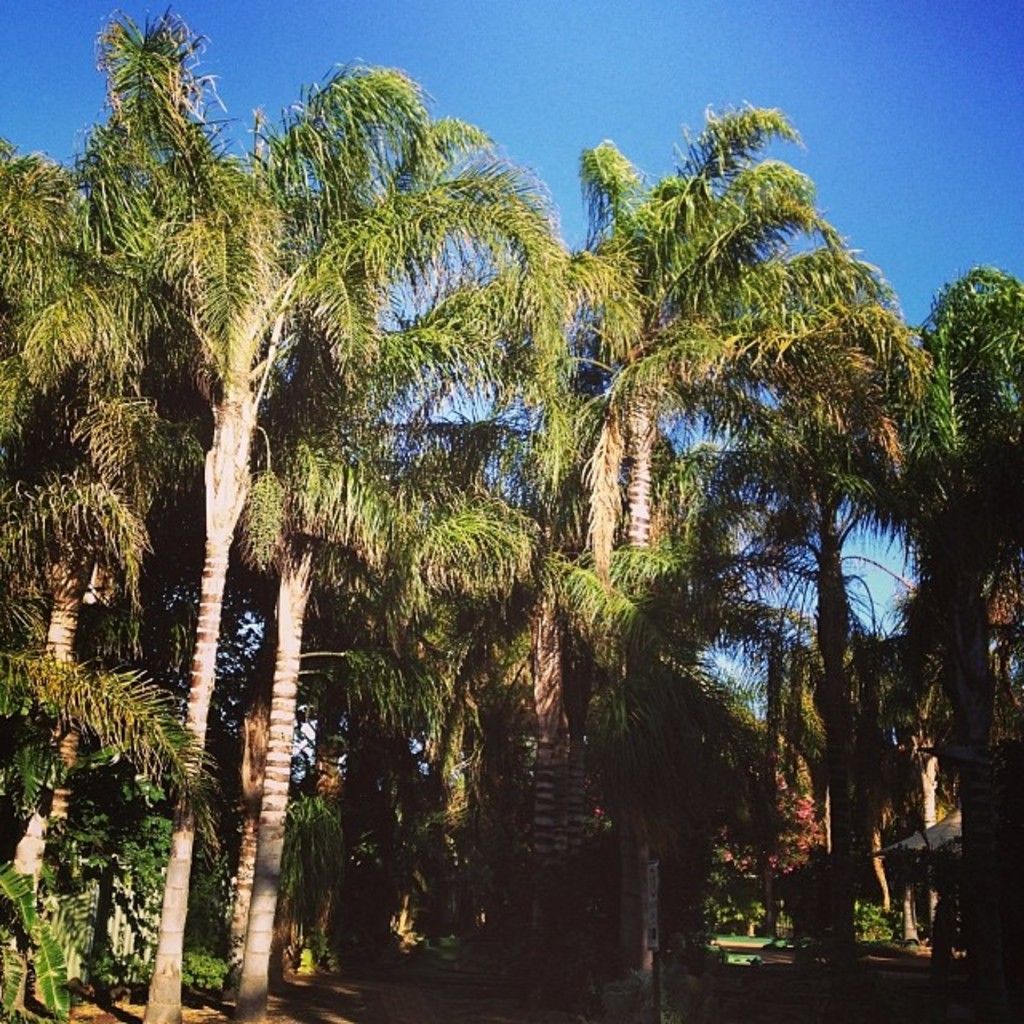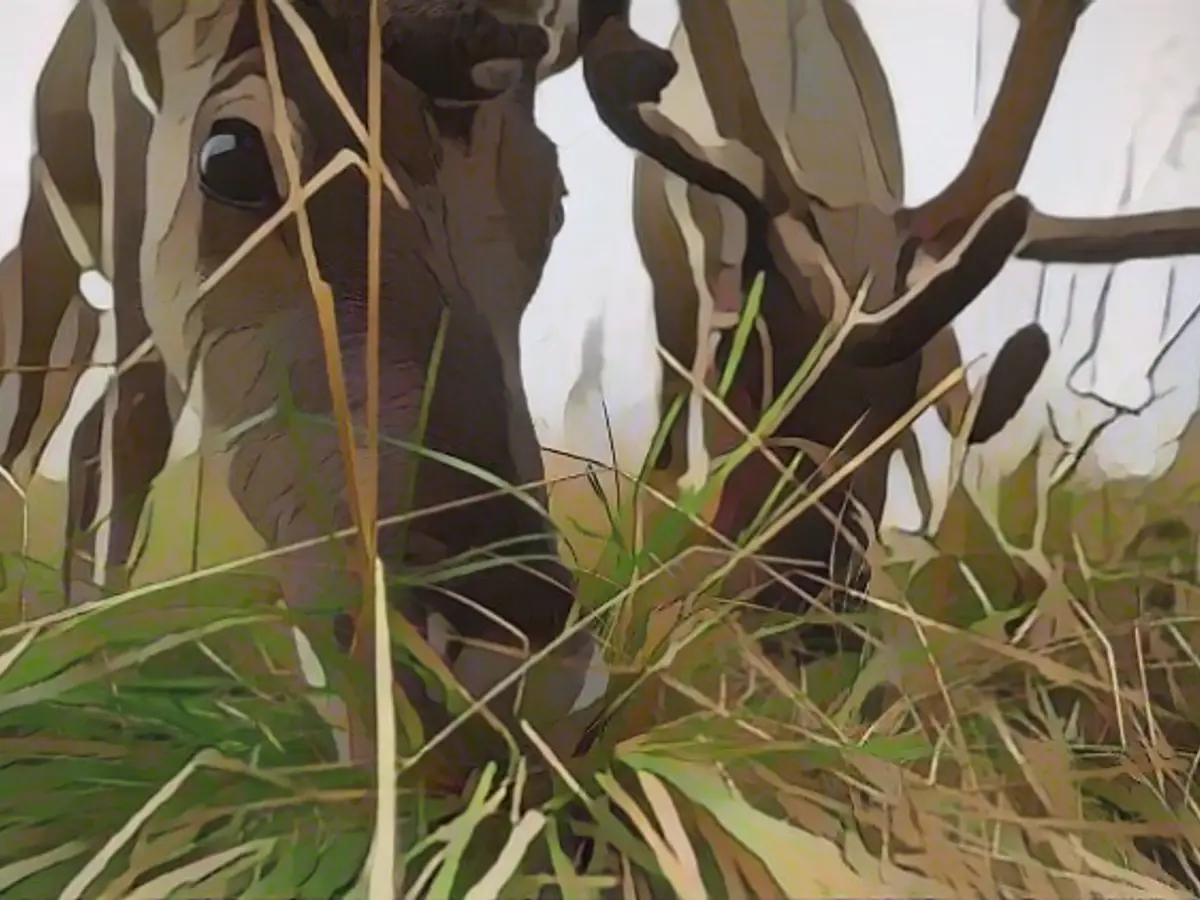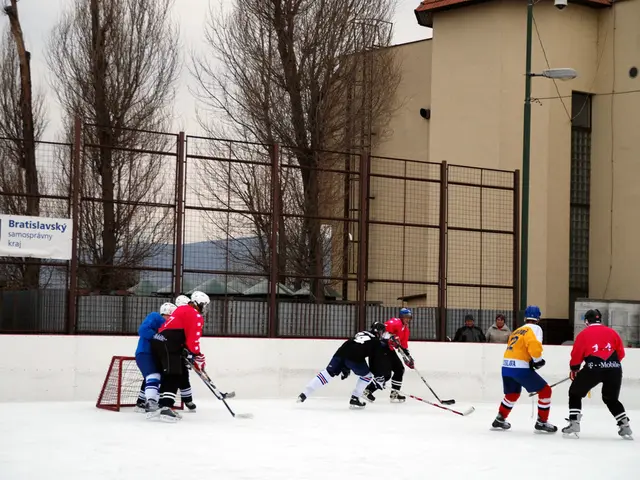Warm Autumn's Unsettling Impact on Wildlife
Autumn, known for its tranquil, golden hues, seems to be stirring up some chaos in the animal kingdom, according to wildlife experts. This year's milder autumn is causing disruptions, affecting migration patterns and potentially altering entire ecosystems.
Biologist Angelika Nelson from the LBV Nature Conservation Association highlights a notable change. Many short-distance migrants, such as starlings, are yet to embark on their journey to the Mediterranean, causing delay and confusion in their usual migration patterns. This change is also observed in cranes, delaying their departure from regions like northern and eastern Germany.
The late migrants might face difficulty finding suitable nesting sites when they eventually return, as these may already be occupied by early returnees. This can cause complications for species like cuckoos, whose small breeding window could close before they have the chance to smuggle an egg into a foreign nest.
Climate change is a significant factor contributing to these changes. As temperatures continue to rise, more and more birds, like white storks and chiffchaffs, are choosing to stay in Germany during the winter. This shift in migration patterns is causing a new form of migratory behavior. Species like the blue tit and great tit might find themselves sharing scarce food resources during the cold season with other migrating birds, while waterfowl like ducks and coots may decide against the long journey to certain areas.
Similar shifts in seasonality are exerting pressure on ecosystems. Small insects and worms are taking shelter ahead of schedule, making it challenging for hedgehogs to find food. The delay in autumnal coolness is also affecting species like bats, who are still actively foraging for food.
The disruption in migration patterns, the shifting distribution of resources, and the impact on predator-prey relationships can have far-reaching consequences for wildlife populations and ecosystems as a whole. Climate change is forcing species to adapt in unprecedented ways, and understanding these changes is essential to promoting conservation efforts and ensuring a future where wildlife can continue to thrive.
- Warm autumns are causing disruptions to wildlife migration patterns, affecting species like hedgehogs and bats.
- Climate change is contributing to these changes, as more and more birds are choosing to spend their winters in Germany, leading to a shift in migratory behavior.
- Changes in seasonal timing can disrupt relationships between different creatures, potentially causing conflicts over food and resources, and presenting new challenges for reproductive cycles.
- White storks and chiffchaffs, amongst other species, may find it increasingly difficult to survive in their traditional wintering grounds as global warming progresses.
- Waterfowl like ducks and coots may experience a significant shift in their migratory patterns, potentially impacting the distribution of populations in both their winter and summer habitats.
Source:
Notes - Details on the impact on species such as krill, monarch butterflies, and marine ecosystems were omitted due to the focus on terrestrial species. - Mentioning climate change as a contributing factor was important, as it highlights the widespread impact of this pressing issue on wildlife. - The enrichment data was integrated into the base article, focusing on key points and avoiding repetition.






